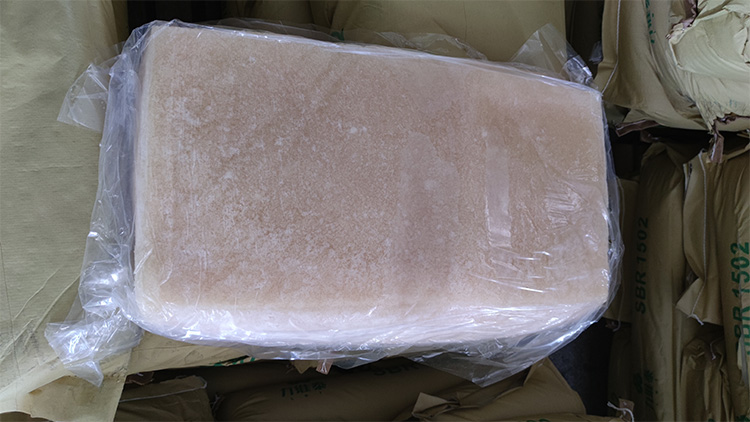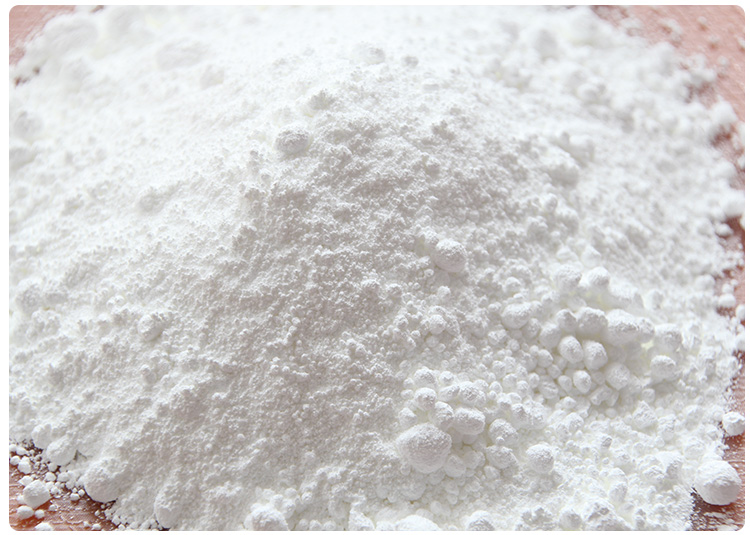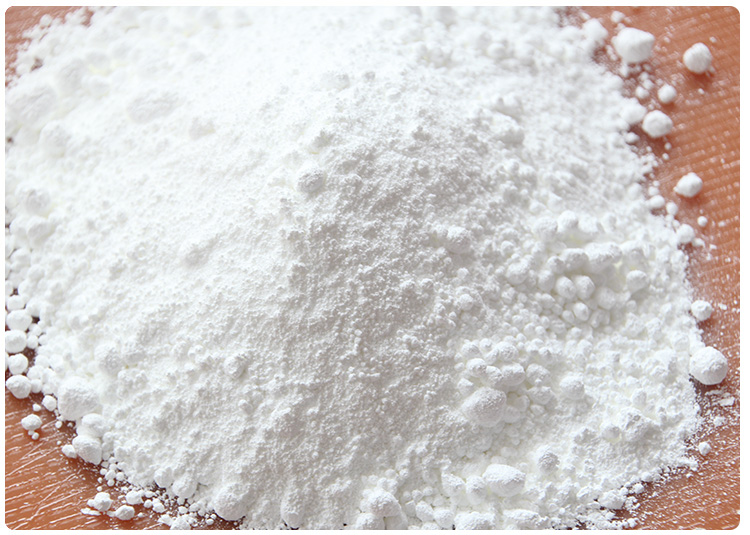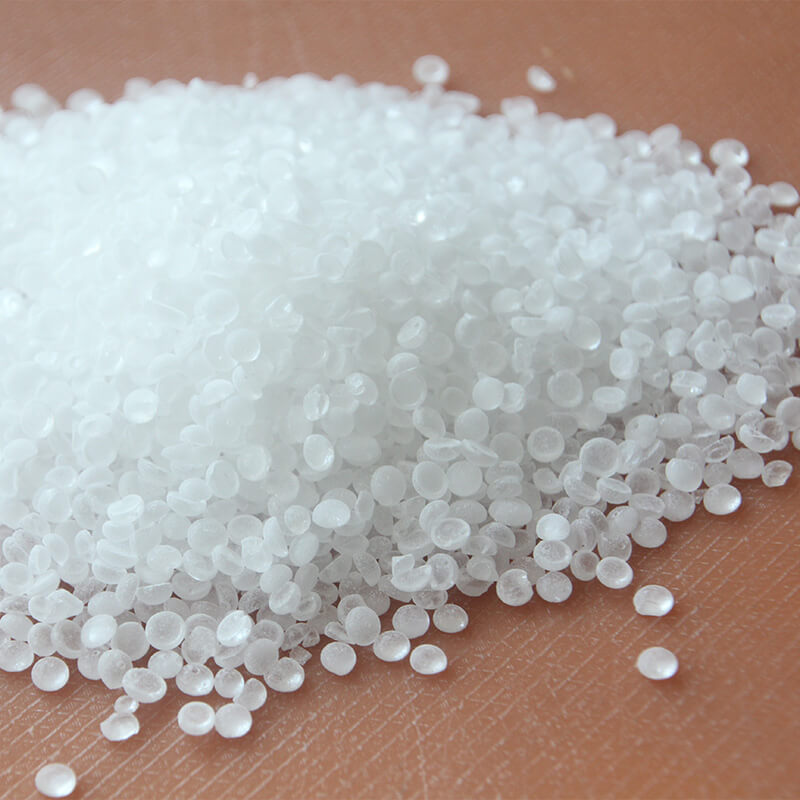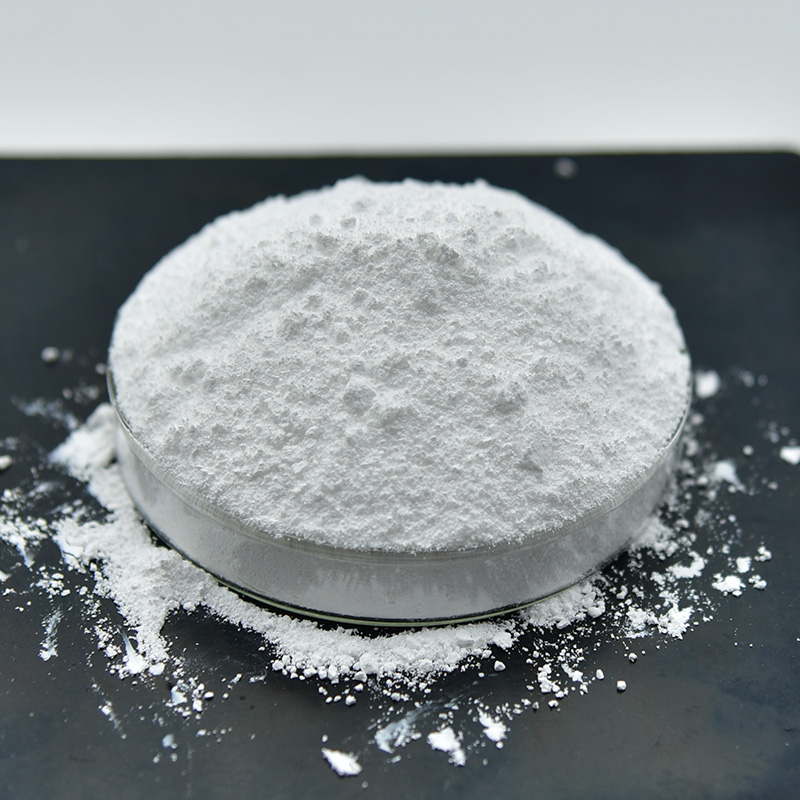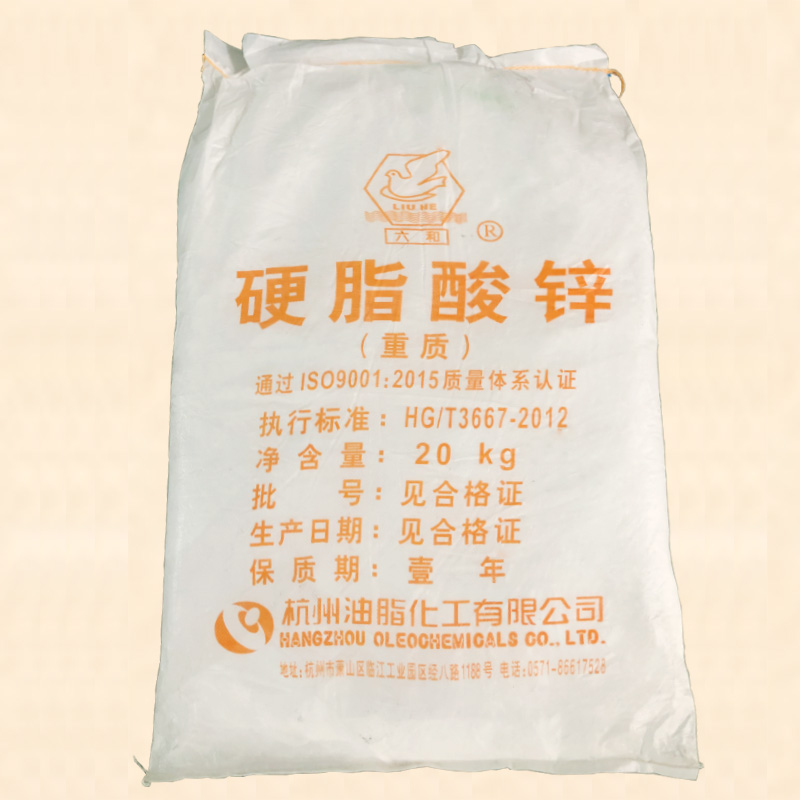styrene-butadiene rubber manufacturing process
- Mingpai
- 2024-06-05 09:10:59
The manufacturing process of Styrene-Butadiene Rubber (SBR) typically follows these main steps:
1. Feedstock Preparation
Monomer Mixing: The primary monomers, styrene and butadiene, are metered and mixed in the desired ratio. The ratio is adjusted based on the targeted properties of the final SBR, with more styrene yielding a harder rubber and more butadiene producing a softer one.
Additives Preparation: Surfactants, initiators (such as sulfuric acid, peroxides, or organolithium compounds), inhibitors, and other chemicals necessary for the polymerization process are prepared and dosed accordingly.
2. Emulsion Polymerization
Monomer Emulsification: The monomer mixture is emulsified in water with the help of surfactants to form a stable dispersion or latex. This step is critical for achieving a fine and homogeneous particle size in the final product.
Initiation: The polymerization reaction is initiated by adding the initiator to the emulsion under controlled temperature and pressure conditions. This triggers the formation of polymer chains.
Polymer Chain Growth: Styrene and butadiene monomers polymerize to form long chains, with styrene segments providing stiffness and butadiene segments offering elasticity.
3. Coagulation
Latex Coagulation: Once the polymerization reaches the desired conversion level, the latex is coagulated. This can be done chemically (using acids or salts) or physically (by adjusting temperature).
Washing: The coagulated rubber is washed thoroughly to remove unreacted monomers, surfactants, and other impurities.
4. Drying and Finishing
Drying: The washed rubber is dried, typically in a hot air dryer, to remove excess moisture.
Devolatilization: To further reduce the content of volatile substances like unreacted monomers, the dried rubber may undergo devolatilization in a specialized unit under vacuum and heat.
5. Compounding
- Additive Incorporation: The dried SBR is compounded with various additives such as fillers (e.g., carbon black or silica), antioxidants, stabilizers, and processing aids. This is done in internal mixers or on open mills to ensure homogenous dispersion.
6. Forming and Vulcanization
Molding or Extrusion: The compounded SBR is then shaped into the desired form through extrusion or molding processes.
Vulcanization: The shaped articles are subjected to heat and pressure in a vulcanization process. This cross-links the polymer chains, transforming the material into a usable elastomer with improved physical properties.
Throughout the entire process, quality control measures are implemented to ensure the SBR meets the required specifications for its intended applications. The final SBR product can vary in properties depending on the specifics of each stage in the manufacturing process, allowing for customization to meet diverse market needs.
